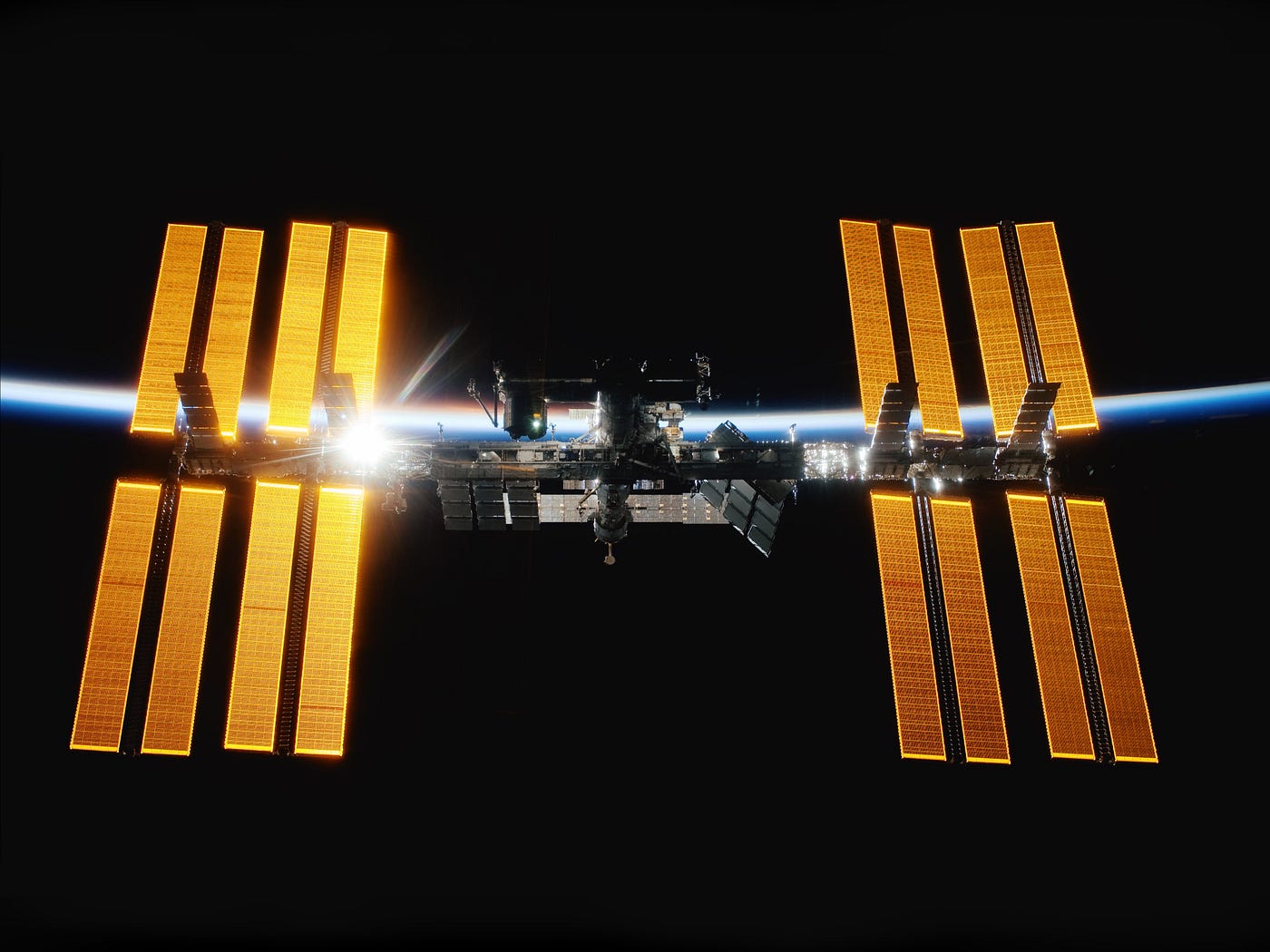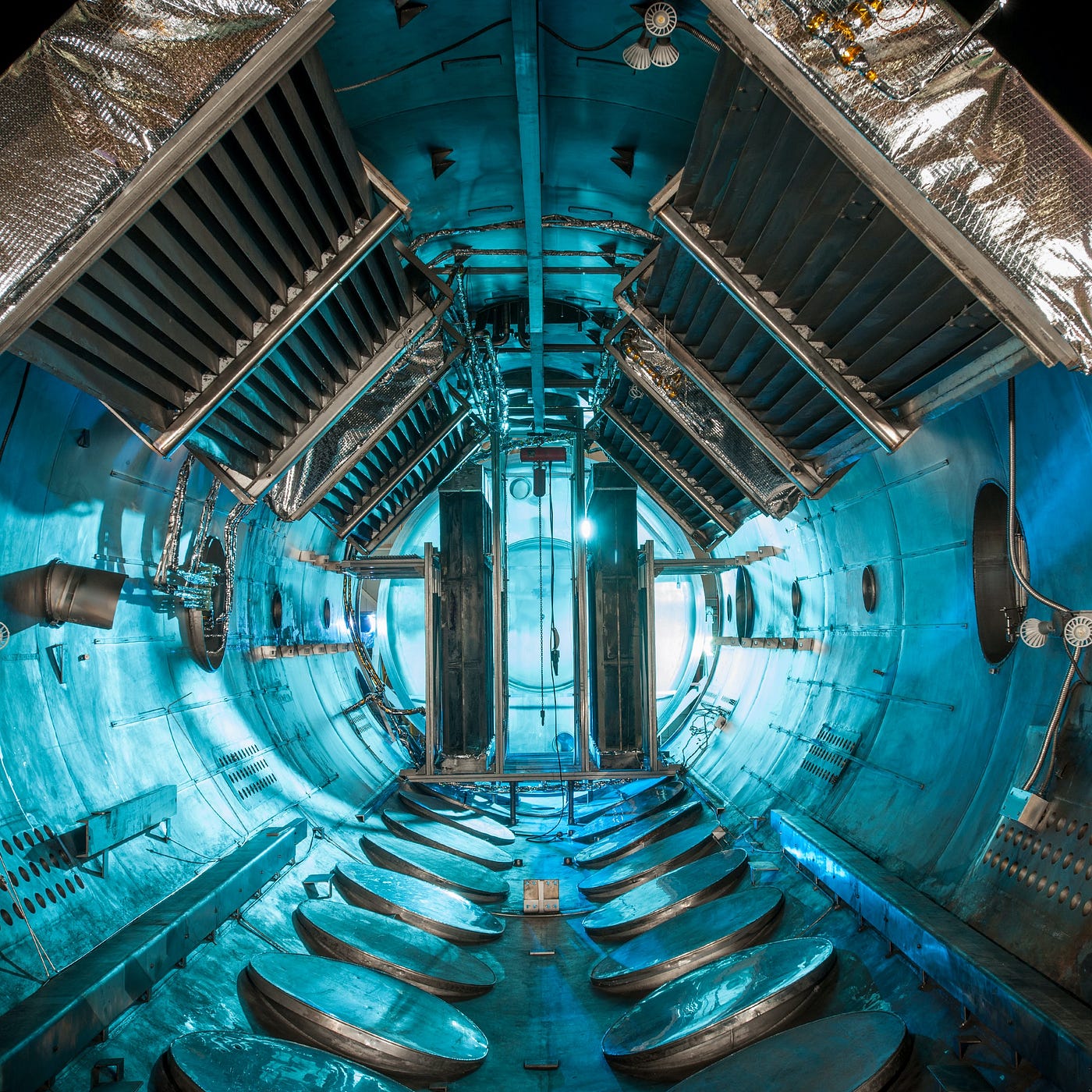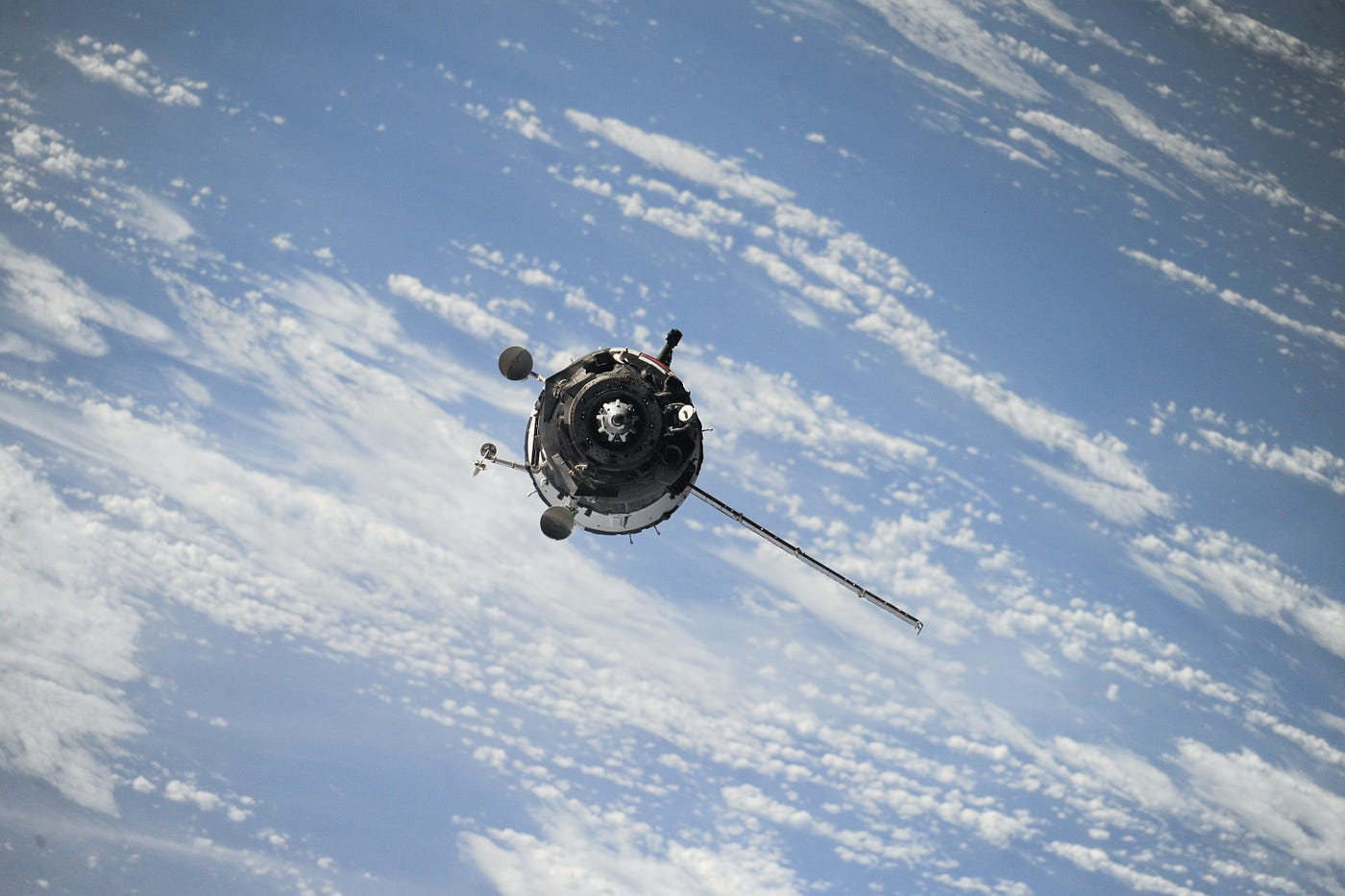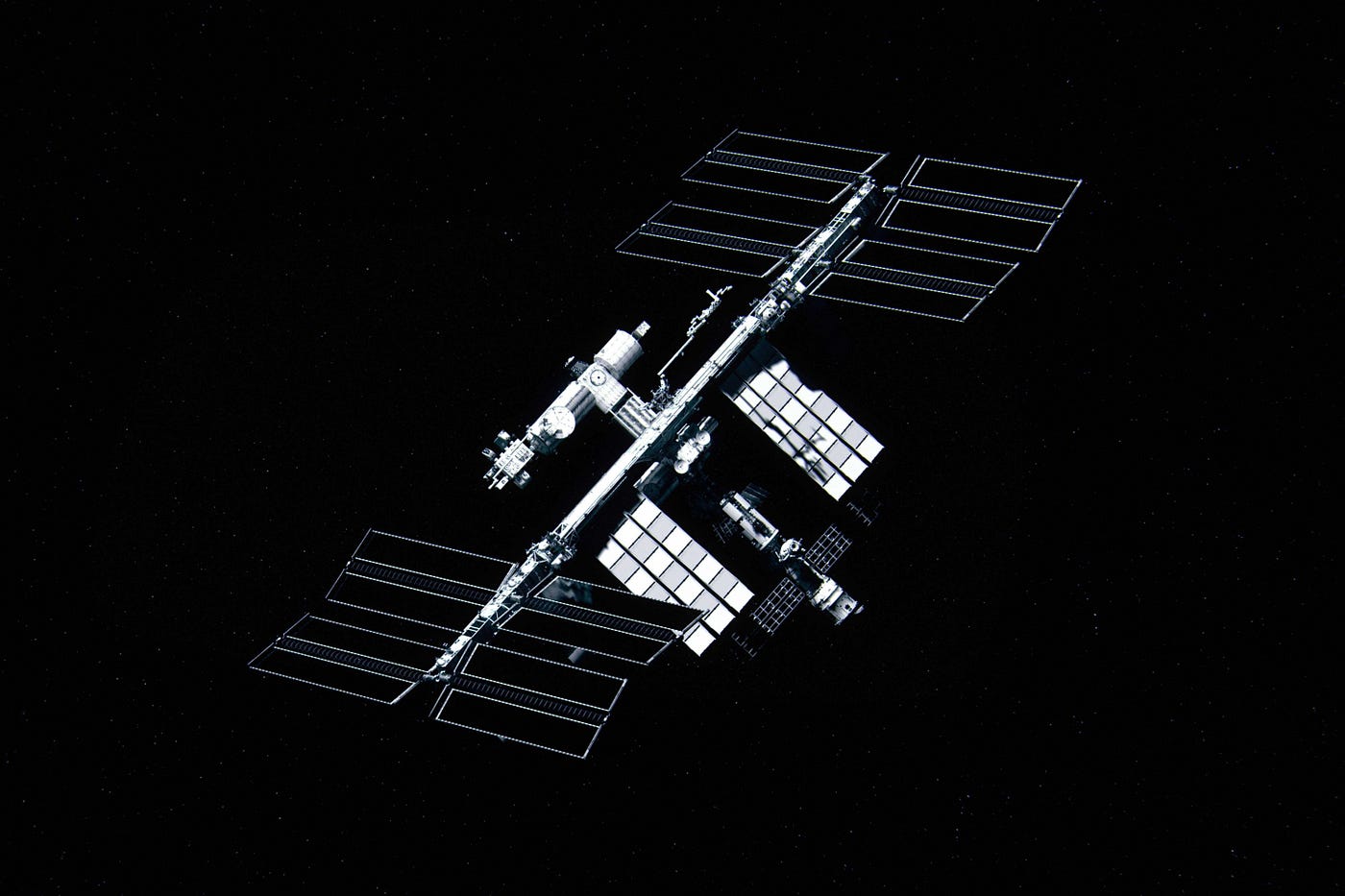Exploring the Latest Frontiers of Space Exploration

The International Space Station (ISS) is one of the most impressive achievements of international cooperation in human history. This cutting-edge space station is a collaborative effort between five space agencies: NASA (US), Roscosmos (Russia), JAXA (Japan), ESA (Europe), and CSA (Canada). The ISS has been continuously occupied by astronauts since November 2000, and has been the site of groundbreaking scientific research and technological innovations ever since. In this article, I will provide an overview of the ISS and its role in space exploration.
History of the International Space Station
The idea of a space station dates back to the early days of the space age. In 1971, the Soviet Union launched the first space station, Salyut 1. The United States followed suit in 1973 with the launch of Skylab. Both of these early space stations were short-lived, but they provided valuable experience and knowledge for the design and construction of the ISS.
The idea of an international space station was first proposed in 1984 by then-US President Ronald Reagan. The project was initially called Space Station Freedom, and it was designed to be a US-only project. However, as the costs of the project grew, NASA invited international partners to join the effort.
In 1993, the United States and Russia signed an agreement to work together on the project, and Canada, Europe, and Japan soon joined as well. Construction of the ISS began in 1998, and the first crew arrived in 2000. Since then, the station has been continuously occupied by rotating crews of astronauts and cosmonauts.

The International Space Station Today
The ISS is the largest and most complex structure ever built in space. It is roughly the size of a football field and has a mass of over 400,000 kg. The station is made up of several different modules that were launched separately and then connected together in orbit. These modules include:
- The Russian Orbital Segment (ROS): This section of the station was built by Russia and includes several modules, including living quarters for the crew, a laboratory for scientific experiments, and the Russian Soyuz spacecraft, which is used to transport crew members to and from the station.
- The United States Orbital Segment (USOS): This section of the station was built by the United States and includes several modules, including the Destiny laboratory, the Unity node, and the Cupola observation module.
- The European Space Agency (ESA) Columbus laboratory: This module was launched by the ESA in 2008 and provides additional research capabilities for the crew.
- The Japanese Experiment Module (JEM): This module was launched by the Japan Aerospace Exploration Agency (JAXA) in several different stages between 2008 and 2009. It includes a laboratory and an exposed facility for experiments that require exposure to the vacuum of space.
- The Canadarm2 robotic arm: This robotic arm was built by the Canadian Space Agency (CSA) and is used to move cargo and equipment around the station.
The ISS is currently home to a crew of six people, who live and work on the station for six months at a time. The crew is made up of astronauts and cosmonauts from the partner countries involved in the project. The crew members spend their time on the station conducting scientific experiments, maintaining the equipment, and performing spacewalks to perform maintenance and upgrades.

Scientific Research on the International Space Station
One of the primary purposes of the ISS is to serve as a platform for scientific research and experimentation. The microgravity environment of the station allows scientists to conduct experiments that are not possible on Earth. Some of the areas of research that have been conducted on the ISS include:
- Biology and biotechnology: Scientists have studied the effects of microgravity on plants, animals, and microorganisms. This research has led to advances in areas such as regenerative medicine, drug development, and agricultural technology.
- Physical sciences: Researchers have studied materials science, fluid dynamics, and other physical phenomena in the microgravity environment. These experiments have led to advances in fields such as metallurgy, electronics, and combustion research.
- Earth and space sciences: Scientists have used the ISS to study the Earth’s atmosphere, oceans, and land surfaces, as well as the broader universe beyond. This research has helped us better understand climate change, natural disasters, and the origins and evolution of the universe.
In addition to these specific areas of research, the ISS serves as a platform for technology demonstrations and testing. The station’s location in orbit also provides a unique vantage point for Earth observation and remote sensing.
Technology and Innovation on the International Space Station
The ISS is not only a platform for scientific research, but also a test bed for new technologies and a training ground for future astronauts. Some of the technologies that have been tested on the ISS include:
- Environmental control and life support systems: The ISS is a closed system, meaning that it must generate and recycle its own air, water, and other resources. Developing efficient and reliable life support systems is essential for future long-duration space missions.
- Robotics and automation: The Canadarm2 robotic arm is just one example of the robotics technology that has been tested on the ISS. Robotic systems can be used for a variety of tasks, from assembling structures in space to conducting repairs on spacecraft.
- Medical technology: Living in space can have significant impacts on the human body, and researchers on the ISS have studied these effects in detail. This research has led to advances in areas such as telemedicine, remote monitoring, and personalized medicine.
- In-situ resource utilization: If humans are to explore and settle other planets, they will need to be able to use local resources to sustain themselves. The ISS provides a platform for testing technologies that could be used to extract resources from the Moon or Mars, for example.

The Future of the International Space Station
The ISS is currently scheduled to be retired in 2024, after more than 20 years of continuous operation. However, there are ongoing discussions among the partner countries about what to do with the station beyond this date. Some of the options being considered include:
- Extending the ISS’s operational lifetime: This would require significant upgrades and maintenance to keep the station in service for several more years.
- Privatizing the ISS: Some private companies have expressed interest in using the ISS for their own research and development projects. However, this would require a significant investment of funds and resources to maintain and operate the station.
- Decommissioning the ISS: This would involve deorbiting the station and allowing it to burn up in the Earth’s atmosphere. This option would be the least costly, but would also mean the end of an era in space exploration.
Regardless of what happens to the ISS in the coming years, its legacy will be felt for decades to come. The station has been a beacon of international cooperation and scientific discovery, and has paved the way for future space exploration missions.
The International Space Station is a remarkable feat of human engineering and cooperation. It serves as a platform for scientific research, technology development, and astronaut training, and has provided invaluable insights into the challenges and opportunities of living and working in space. As the station approaches the end of its operational lifetime, it is important to reflect on its legacy and consider how we can continue to build on its successes in the years to come.